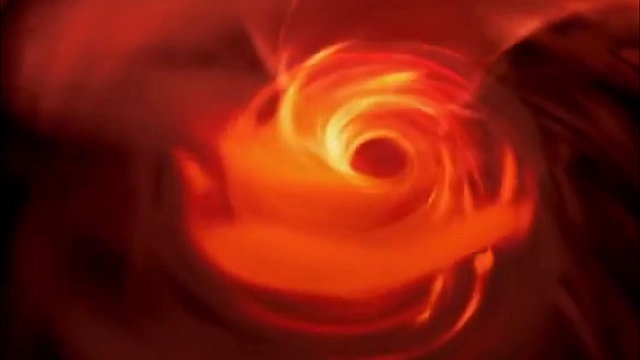In a bid to better understand how black holes behave, researchers have created a virtual reality (VR) simulation of Sagittarius A, the black hole at the center of our galaxy.
The researchers used recent astrophysical models of Sagittarius A to create a series of images that were then put together to create a 360 degree VR simulation of the black hole.
The simulation can be viewed on widely available VR consoles, according to the study published in the journal Computational Astrophysics and Cosmology.
“Our virtual reality simulation creates one of the most realistic views of the direct surroundings of the black hole and will help us to learn more about how black holes behave,” said the corresponding author of the study Jordy Davelaar from Radboud University in the Netherlands.
“Travelling to a black hole in our lifetime is impossible, so immersive visualizations like this can help us understand more about these systems from where we are,” Davelaar said.
The authors also suggested that the VR simulation could help encourage the general public, including children, to take an interest in astrophysics.
“The visualizations that we produced have a great potential for outreach. We used them to introduce children to the phenomenon of black holes, and they really learned something from it,” Davelaar said.
“This suggests that immersive virtual reality visualizations are a great tool to show our work to a broader audience, even when it involves very complicated systems like black holes,” Davelaar added.
A black hole is a place in space where gravity pulls so much that even light can not get out, rendering them invisible. The gravity is so strong because the matter has been squeezed into a tiny space, according to NASA.
Space telescopes with special tools can help find black holes and see how stars that are very close to black holes act differently than other stars.







